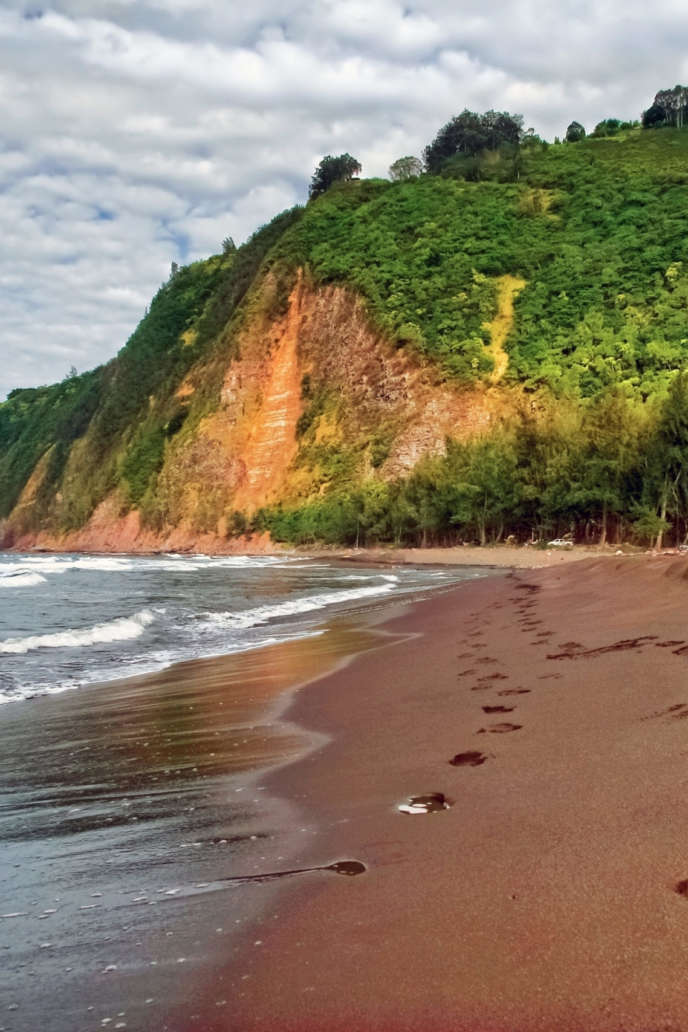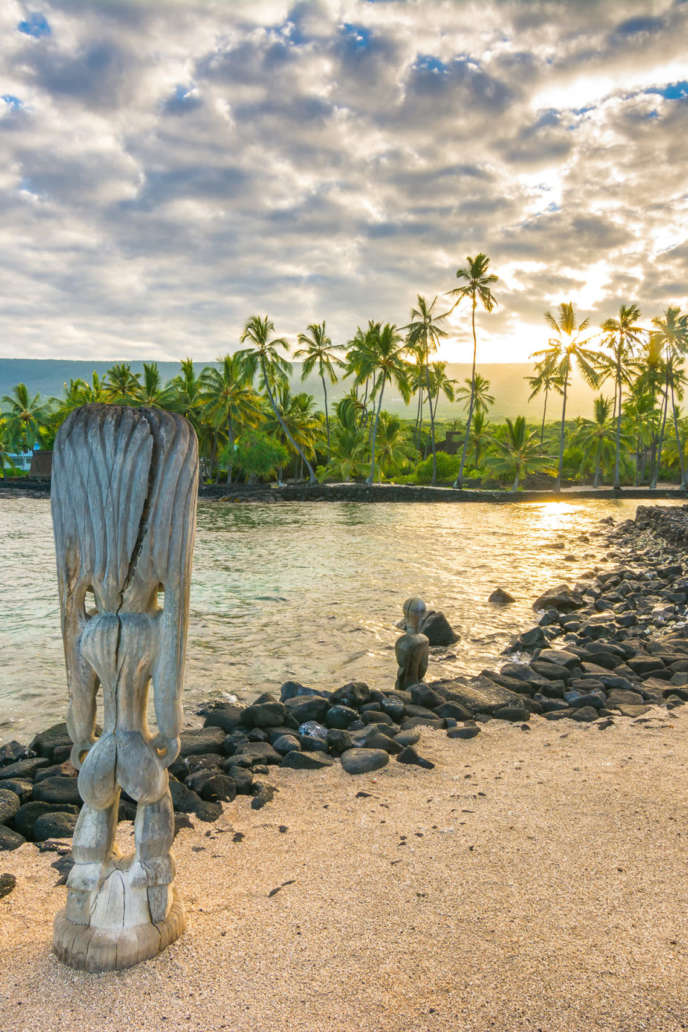Travel is costly.
Booking flights and hotels, buying supplies at your destination for the duration of your stay, eating at various restaurants and eateries, and going out to explore and do fun activities can burn a hole in your wallet in a matter of days.
What you might not realize, however, is what your travel might cost to your destination. This isn’t a monetary cost. Rather, the costs of travel are environmental, and aren’t often noticeable to the individual.
What is the Environmental Cost Associated with Traveling?
The environmental impact of traveling is difficult to conceive of to an individual, but they exist and are easily compounded.
In Terms of Flying

The most common way people travel is by airplane, which takes a significant amount of fuel to travel from one place to another. Planes require a lot of energy to take off and stay in the air, which means that fossil fuels are the only source of aviation fuel right now. Every flight contributes to the erosion of fossil fuels due to the current lack of viable alternative fuels, and every traveler that flies to their destination further spurs this on.
In Terms of Consumption

Traveling often leads to higher expenses on basic necessities like food, water, clothing, and accommodation compared to staying at home. This is due to the flexibility of travel schedules, which often result in the use of disposable products like bottled water and packaged foods. And why wouldn’t they? Buying bottled water is cheap, simple, and easy, for example, and means a lot less trouble getting through airport security compared to packing a reusable bottle.
However, these products are often disposed of in landfills. Tourists also consume more resources than residents, which can be detrimental to the environment. Fossil fuels used in transportation and tourism contribute to finite resources, which are unsustainable. Additionally, tourism can threaten the habitats of endangered species, such as the Big Island’s water supply, which is crucial for the local population.
In Terms of Mentality
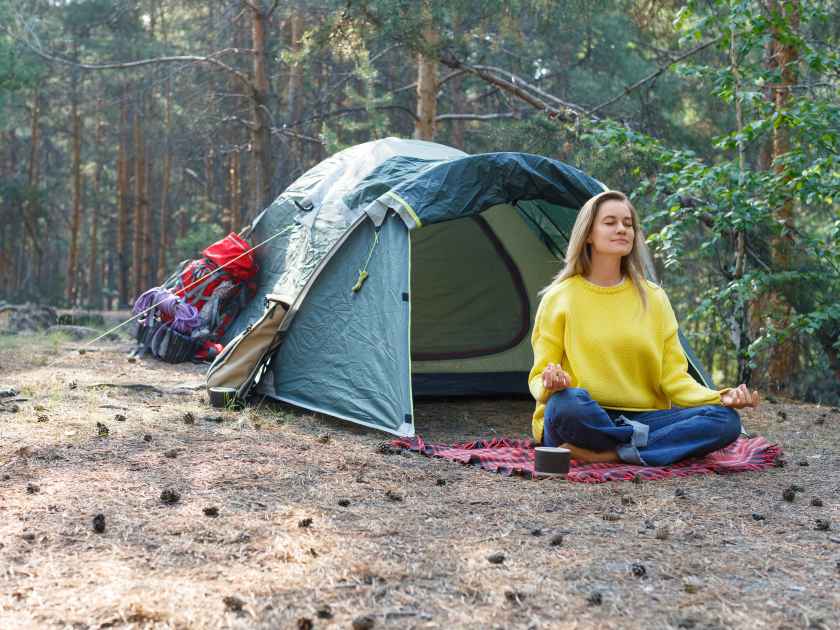
Tourists often adopt a mindset of temporariness when staying in a new area for a limited time, allowing them to “let loose” and try new things, spend more money, and behave in ways they wouldn’t at home. This mindset can lead to damage to the environment, such as trampling native plants or eroding soil, and disregarding rules and warning signs. For example, people in hotels may not be as cautious about their room’s state as they are in their homes, as room service will take care of it. This mindset can also lead to disregard for the history and cultural significance of destinations, such as Hawaii, where visitors may forget that the islands have been around for millennia and will likely remain there for millennia. Overall, tourists should be mindful of their surroundings and be cautious when visiting new places.
What is Ecotourism?
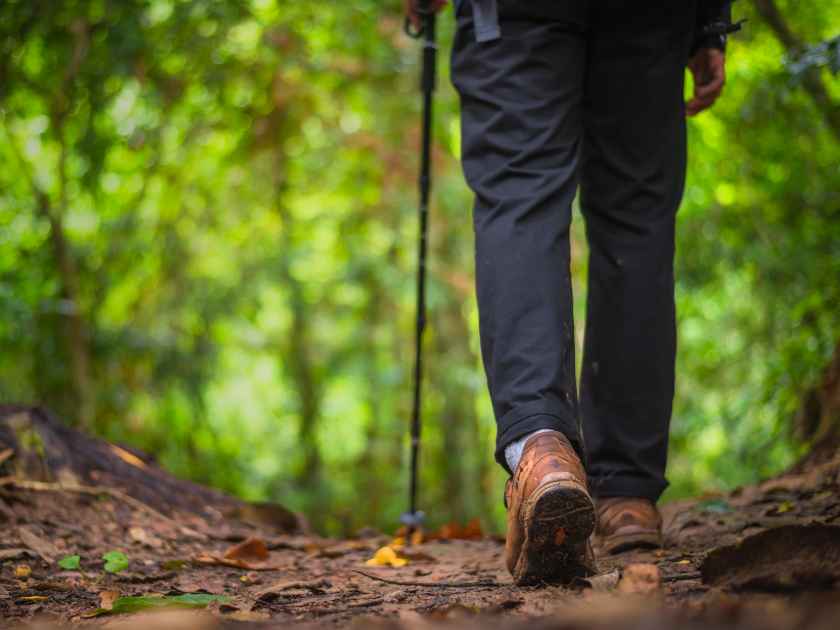
Ecotourism is generally understood to involve travel habits that reduce (or eliminate) a visitor’s environmental impact on their destination. The specific definitions may vary from place to place and depending on who you talk to, but the basic idea remains the same: ecotourists want to travel sustainably. Most ecotours are generally focused on the environment or culture of an area, whether it’s a sightseeing tour that uses a bike rather than an automobile, a whale-watching tour that depends on a healthy population of humpback whales, or a fun zipline course built above farmland.
There are three main ways tours aim to be more eco-friendly:
- Minimizing resource use and environmental impact
- Increasing awareness of natural species and resources
- Supporting local people and efforts in the destination
Ecotourism Tours
Bike Tour

A bike tour uses human energy to go from place to place rather than a resource-hungry tour bus, eliminating the need for fossil fuels. A nature tour that involves sightseeing at natural locations or wonders isn’t necessarily an ecotour unless it reduces the impact of bringing thousands of visitors there per year.
Whale Watching Tour
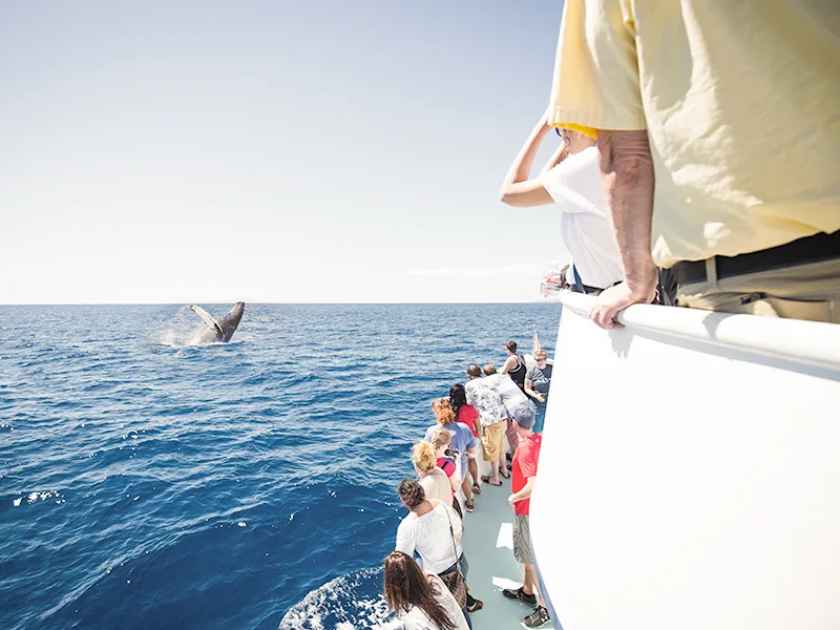
Whale-watching tour, on the other hand, increases awareness for a local species while allowing residents of the area to make money off of their presence—a significant paradigm shift since humpback whales were historically endangered due to whaling.
Zipline Courses
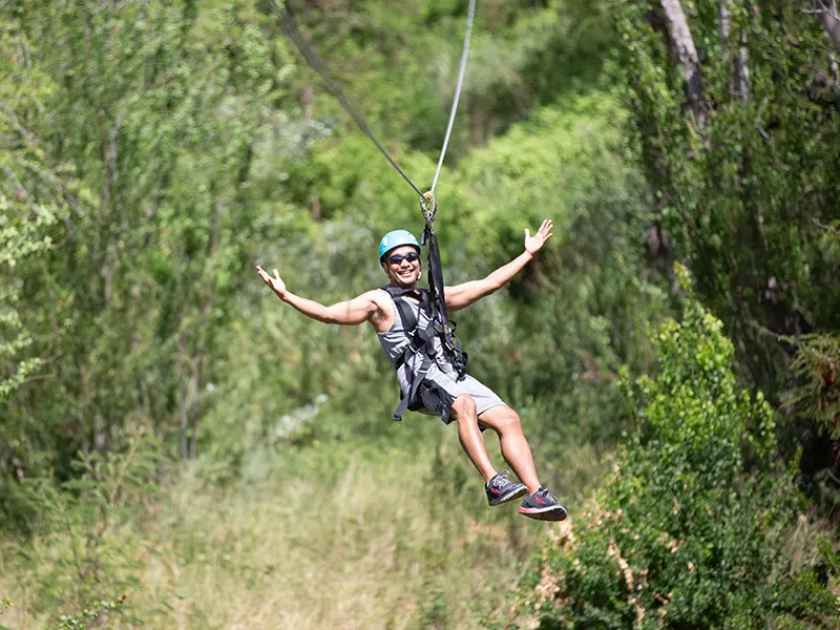
Zipline courses built above a farm not only has little impact (the lines don’t encroach on the existing agricultural land), but also provides additional income for local farmers and supports locally-grown produce.
If you want to consider yourself an ecotourist, however, you’ll have to do more than just attend a few ecotours. An ecotourist reduces their environmental footprint by attending ecotours, avoiding fossil fuels, supporting local communities, and being conservative with water, food, and waste. While not all of these actions are possible for everyone, if everyone made a conscious decision to travel responsibly, even if it was just a minor change, it would make a significant positive impact on the environment. By doing so, everyone can contribute to a more sustainable and eco-friendly travel experience.
Tips for an Eco-friendly Travel
1. Fly responsibly.
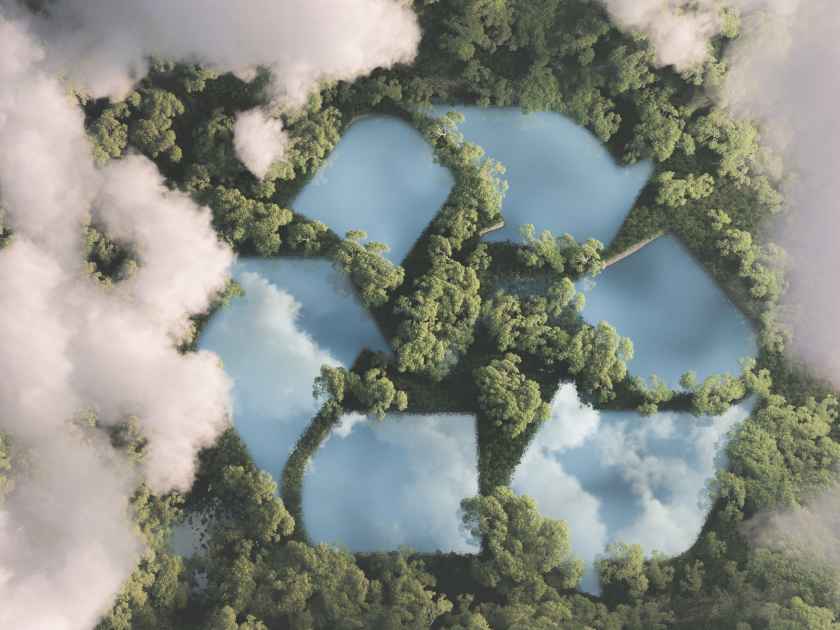
Everyone has to fly to get to Hawaii, but there are good and bad ways to catch a flight. Flying directly to your destination generally takes less fuel than taking off, landing, and taking off again. Check if your airline sells a carbon-offset, which is an optional fee that goes towards helping the company reduce their carbon emissions. Pack light so you reduce the weight of your baggage.
2. Stay at a home rental or airbnb instead of a large hotel.
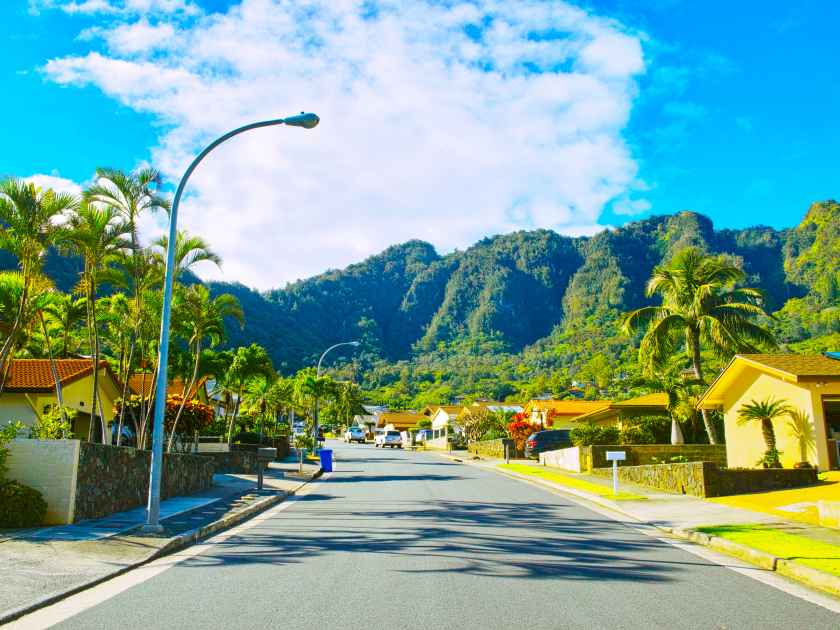
Houses and apartments are generally more energy efficient lodgings than hotels are, especially when larger hotels come with their own golf courses, swimming pools, fountains, and other amenities that consume more than they provide.
3. Walk, bike, or use public transportation to get around instead of renting a car.
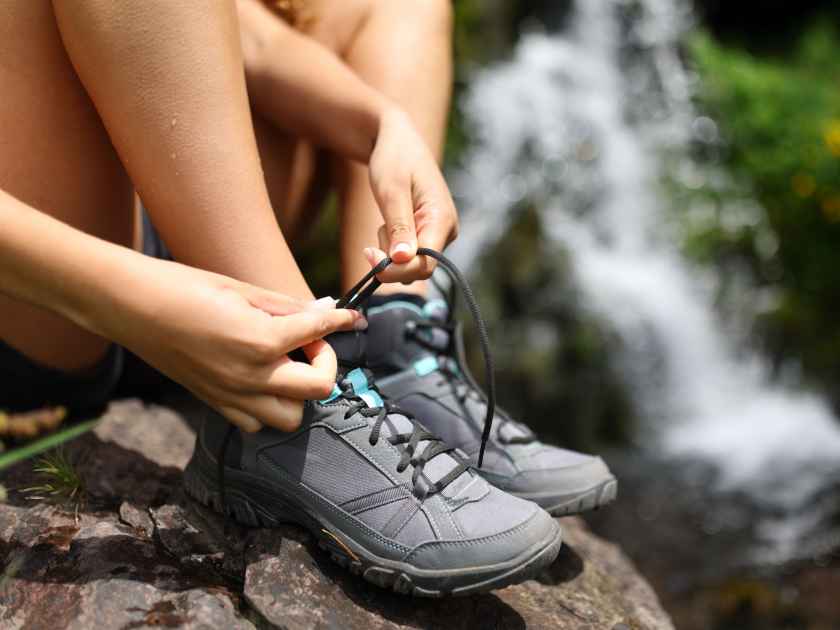
Renting a car, especially if you’re traveling alone, is just not worth the petrol it uses. If you’re thinking of renting a hybrid, keep in mind that taking a bus or riding a bike is still preferable than utilizing electric energy for short excursions like those in city centers.
4. Eat locally-sourced foods and produce and avoid imported goods.

Hawaii has a burgeoning local produce market, so consider visiting farmers’ markets, locally-sourced restaurants, and breweries that serve local beers!
5. Participate in ecotours (Hawaii has many!) provided by Hawaii locals.
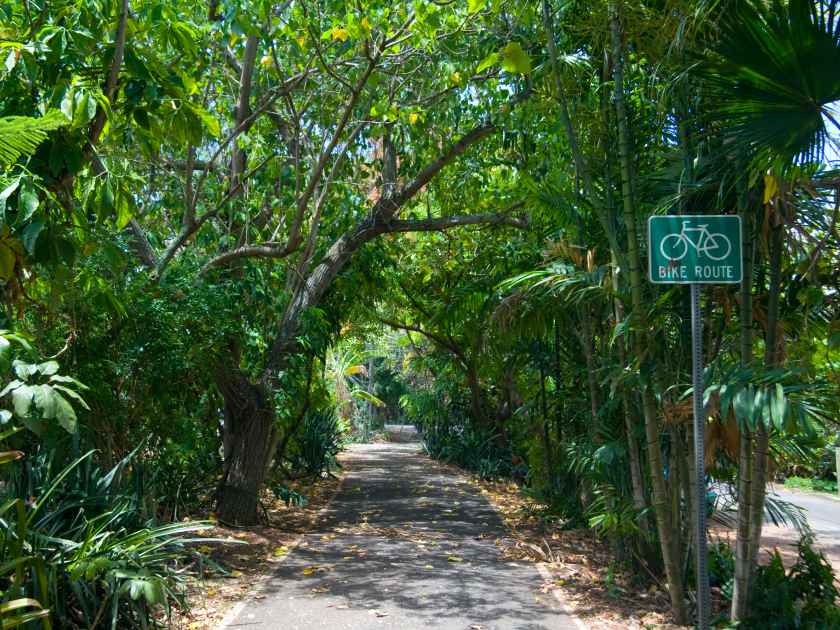
Remember that not all nature tours are ecotours, so use some discretion: Visiting Kauai’s biggest natural attractions in a luxury, air-conditioned tour bus? Not so eco-friendly. Biking from Waimea Canyon down to Waimea Town? Much more eco.
Hope you’ve learned something about ecotourism and the environmental impact of traveling. Ready for your trip? visit HawaiiActivties.com for more options!
Jason
Having grown up in Honolulu, Jason writes for HawaiiActivities to help share the beauty of the islands with visitors.



